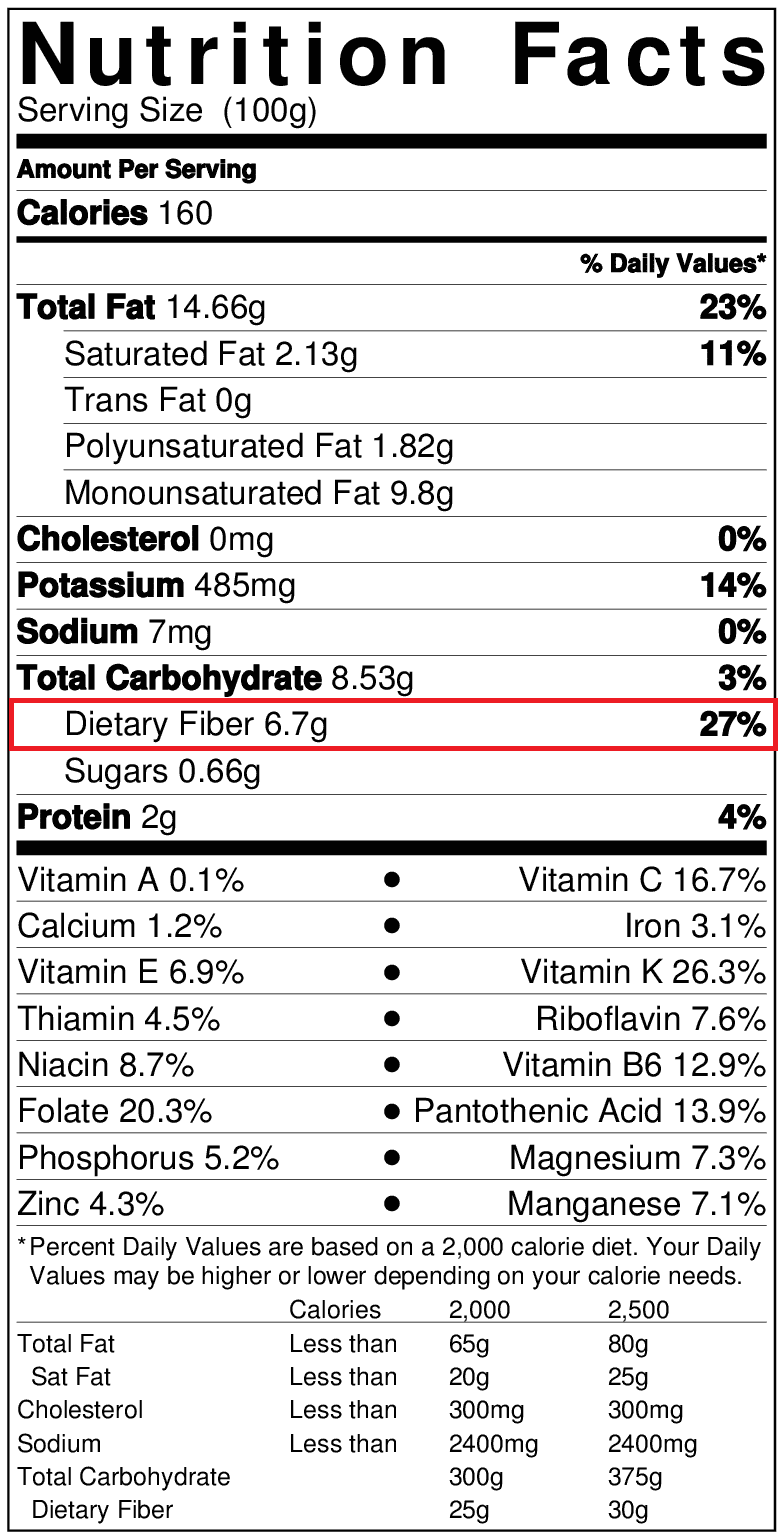Polydextrose
Where It Comes From
Polydextrose is a soluble (dissolves in liquid) fiber that is a polymer of many glucose units randomly bonded together.
How It’s Made
Polydextrose has been available as a food ingredient since the 1960’s. Heat is used to bind together many dextrose (glucose) units in a random fashion to make polydextrose.
What It Does
Polydextrose is a multi-purpose food ingredient used to replace sugar, fat and calories, and increase the fiber content of foods. It also functions as a stabilizer (which helps to preserve foods’ structure), as a thickening agent in sauces and soups, and to help maintain the ideal moisture in foods.
How It Helps – Existing Evidence
- Promotes digestive health and ease of bowel movements in healthy adults.
- Helps maintain healthy blood glucose levels after meals when used as a sugar replacement in foods.
- Polydextrose is a prebiotic dietary fiber. Prebiotics trigger the growth of good bacteria that have favorable effects on gut bacteria.
How It Helps – Emerging Evidence
May help you feel full and/or reduce how much food you consume during your next meal.
How is it processed by the body?
Polydextrose is considered a reduced calorie carbohydrate with an energy value of 1 calorie per gram. This is because polydextrose is not digested in the upper gastrointestinal tract, which consists of the esophagus, stomach and first part of the small intestine, but instead passes into the large intestine where it is partially converted to gas. Up to 90 g/day or 50 g as a single serving of polydextrose may be consumed without any gas, cramps or diarrhea.
What types of food is this fiber typically found in?
Polydextrose can be found in beverages, bakery items, no-added sugar and sugar-free breakfast cereals, frozen desserts, puddings, gelatins, dairy products, and salad dressings.
Recommended Daily Intake
“Of the under-consumed nutrients, calcium, potassium, dietary fiber, and vitamin D are considered nutrients of public health concern because low intakes are associated with health concerns.” – Dietary Guidelines for American 2015-2020 (8th edition).
In the United States, the recommended dietary fiber intake is 14g/1,000 kcal. For an average adult, this means a daily intake of 25g (female) or 38g (male). Most Americans only consume about half of the recommended intake (13.5 and 18g, respectively). This shortage in our diet is called the fiber gap.
To reach the recommended fiber intake without fiber-enriched foods, most Americans would need to increase their calorie intake by more than 500 calories per day. But meeting fiber requirements doesn’t have to mean adding calories if fiber enriched foods are consumed.
Fiber-enriched foods help bridge the fiber gap while delivering excellent taste and additional metabolic benefits. The overall diet should have a mix of various fiber types.
Consuming a Variety of Fibers
Although most fibers will have more than one health-related effect, no one fiber can produce every potential health benefit. To maximize the health benefits of fiber, it is important to consume a variety of fibers.
Fibers can be found in many different foods. The amount of fiber per serving can easily be found by looking at the Nutrition Facts Panel for the Dietary Fiber line.

Additionally, the fiber content in foods like raw fruits and vegetables that do not have a nutrition label can be found here.
Lastly, fiber supplements can often be found in the dietary supplement aisle close to the probiotics and multi-vitamin supplements.
Gastrointestinal Tolerance
Increasing fiber intake suddenly, particularly in individuals consuming a low fiber diet, may result in gastrointestinal effects, such as an increased number of stools per week, having softer stools (but not diarrhea) or having increased flatulence. These natural effects are due to either bulking effects or due to the fermentation of fiber in the gastrointestinal tract. These potential effects can be minimized by increasing fiber intake more gradually to allow the gastrointestinal tract to adapt. Thus, it may be helpful to decrease fiber intake until these feelings subside and then gradually increase fiber intake.


